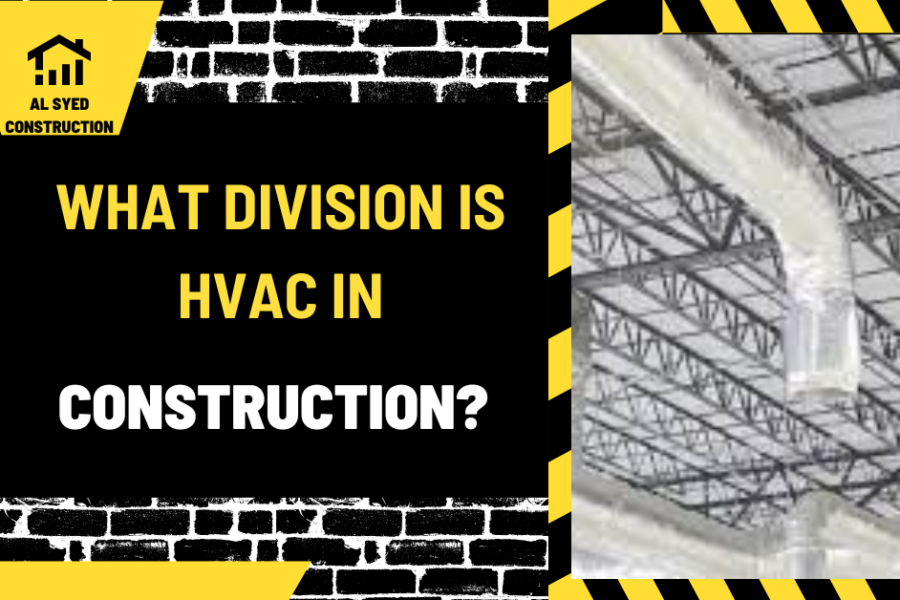What Division Is HVAC in Construction?
Table of Contents
Introduction
In the construction industry, the organization of project specifications and documentation is crucial for clarity and efficiency. The Construction Specifications Institute (CSI) developed the MasterFormat system to standardize the categorization of construction information. One essential component of this system is the division of Heating, Ventilation, and Air Conditioning (HVAC) systems. This article will explore the division of HVAC in construction, its significance, and its components.
Understanding the MasterFormat System
The Role of MasterFormat in Construction
MasterFormat is a coding system used in the construction industry to organize specifications, drawings, and other documentation. It divides the project into specific sections or “divisions,” each covering a particular aspect of construction work. This system helps ensure consistency and comprehensibility across different projects and stakeholders.
HVAC in the MasterFormat System
In the MasterFormat system, HVAC systems fall under Division 23: Heating, Ventilating, and Air Conditioning (HVAC). This division encompasses all aspects related to the design, installation, and maintenance of HVAC systems in a construction project.
Components of Division 23: HVAC
Major Categories
Division 23 is further subdivided into various sections, each addressing a specific component or aspect of HVAC systems. Some of the major categories within this division include:
- 23 00 00 – General Requirements: Outlines the general guidelines and standards for HVAC work.
- 23 30 00 – HVAC Air Distribution: Covers the materials and methods for air distribution systems, including ductwork and air terminals.
- 23 70 00 – Central HVAC Equipment: Includes specifications for central heating and cooling equipment, such as boilers, chillers, and air handling units.
Specialized Systems
In addition to the major categories, Division 23 also covers specialized HVAC systems and components, such as:
- 23 80 00 – Decentralized HVAC Equipment: Details requirements for decentralized systems like split units and rooftop units.
- 23 50 00 – Specialized HVAC Systems: Includes specifications for specialized systems like cleanroom HVAC, industrial ventilation, and radiant heating and cooling.
The Significance of Division 23 in Construction
Ensuring Quality and Performance
By providing a detailed framework for HVAC systems, Division 23 helps ensure that these critical components are designed and installed to meet the required standards for performance, energy efficiency, and indoor air quality.
Facilitating Coordination and Communication
The standardized categorization of HVAC systems in Division 23 facilitates better coordination and communication among architects, engineers, contractors, and other stakeholders involved in the construction project.
Conclusion
In the construction industry, HVAC systems are categorized under Division 23: Heating, Ventilating, and Air Conditioning (HVAC) of the MasterFormat system. This division provides a comprehensive framework for specifying, designing, and installing HVAC systems, ensuring their quality, performance, and integration with the overall construction project. By adhering to the guidelines and specifications outlined in Division 23, construction professionals can achieve efficient, effective, and sustainable HVAC solutions.




